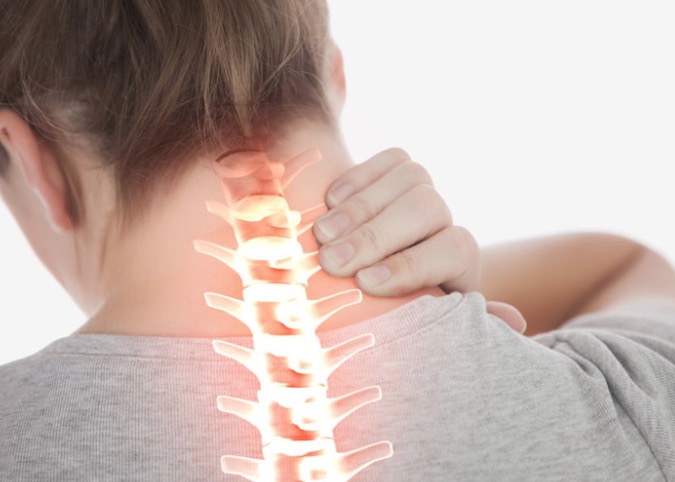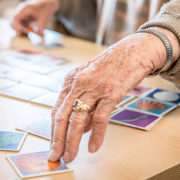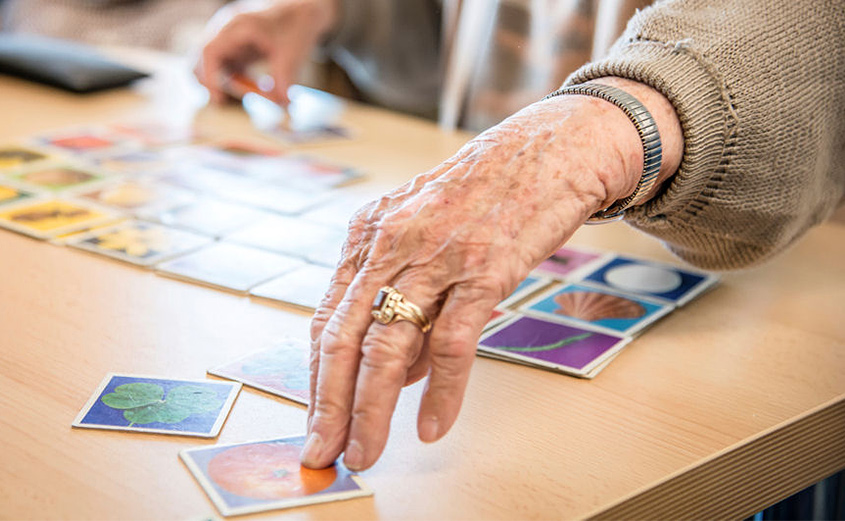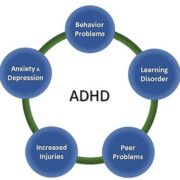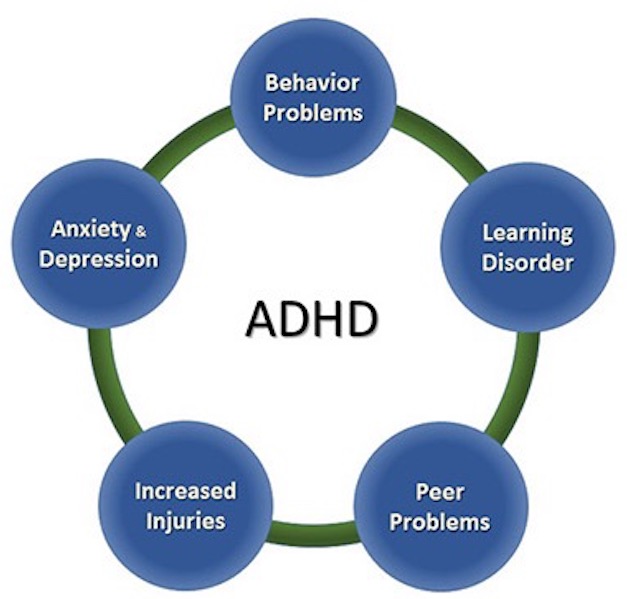What is Chronic Pain and how can you combat it?
What is Chronic Pain and how can you combat it?
What is Chronic Pain and how can you combat it?
Pain involves nerve endings in the body and nerve pathways from the brain to the body. Pain becomes chronic when it lasts for over 6 months. Our thoughts, personalities, social environment and learned behaviors can all contribute to how severe the pain is experienced.
What are methods to Combat Chronic Pain?
1. Deep Breathing, Meditation, & Biofeedback
Meditation techniques can help relax your body. This may help ease pain since the tension and tightness from themuscles can receive a quiet message to relax from meditation. The key in meditation is focusing on the breath, observing thoughts, and possibly repeating a word or phrase which can help the body relax.
Another relaxation technique similar to meditation is deep breathing. Find a quiet location and a comfortable body position. Then, imagine a spot just below your navel. Breathe into that spot, filling your abdomen with air. Let the air fill you from the abdomen up, then let it out in a cycle you create.
There are many, many different relaxation and meditation techniques. During biofeedback you can see the body relax and learn the best strategy for you!
2. Reduce stress in your life
Negative feelings like depression, anxiety, stress, and anger can increase the body’s sensitivity to pain. By learning to better manage stress, you may find some relief from chronic pain.
There are many techniques that can help reduce stress and promote relaxation. A therapist can review these strategies and help you determine what helps you reduce stress the most. Cognitive-behavioral therapy is a proven intervention to teach an individual to better manage their stress and their pain.
3. Exercise
Exercising causes the release of brain chemicals called Endorphins that help improve your mood while also blocking pain signals. Exercise also strengthens muscles, which helps prevent re-injury and further pain. Plus, exercise can help keep your weight down, reduce heart disease risk, and control blood sugar levels.
The Takeaway
It is important to realize that pain isn’t necessarily something over which we have no control. We are able to combat pain in numerous ways mentioned such as meditation, changing our negative attitudes and thoughts, reducing stress, and exercising. At Pathways Neuropsychology are here to help you learn the techniques that work best for you!
The post What is Chronic Pain and how can you combat it? appeared first on Pathways Neuropsychology Associates.
Source: Pathways Neuropsychology
What is Chronic Pain and how can you combat it?



